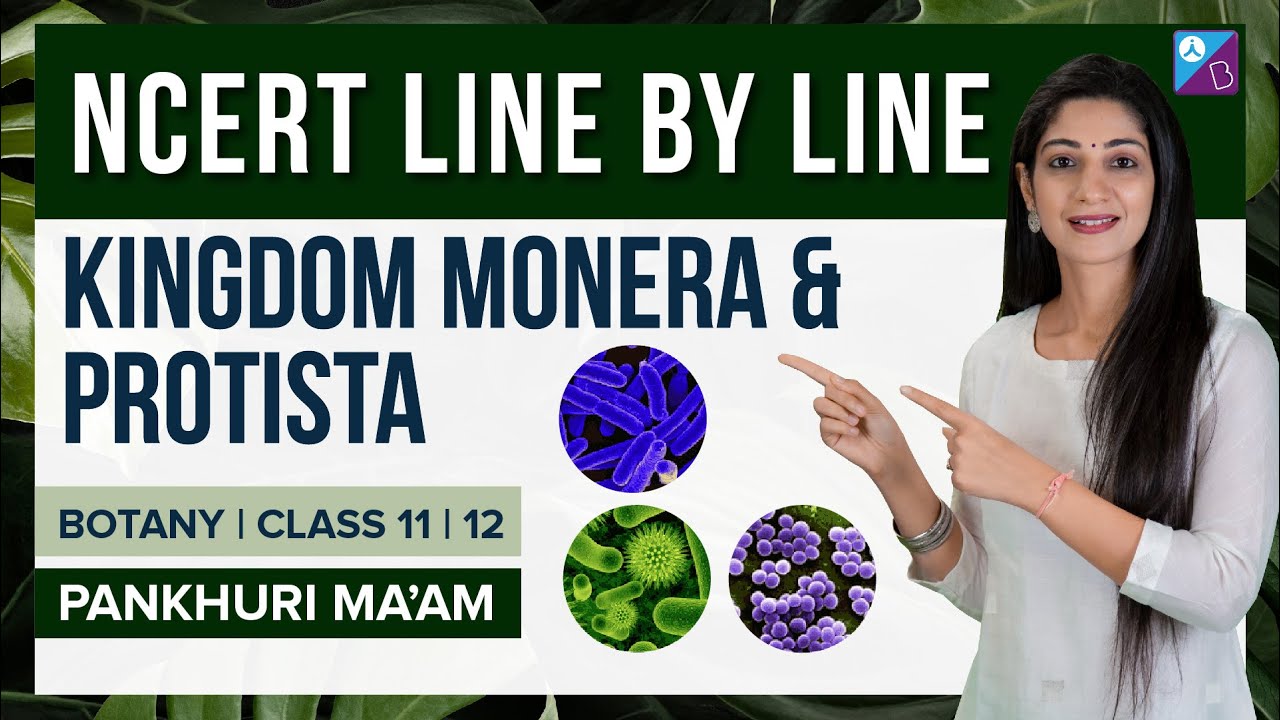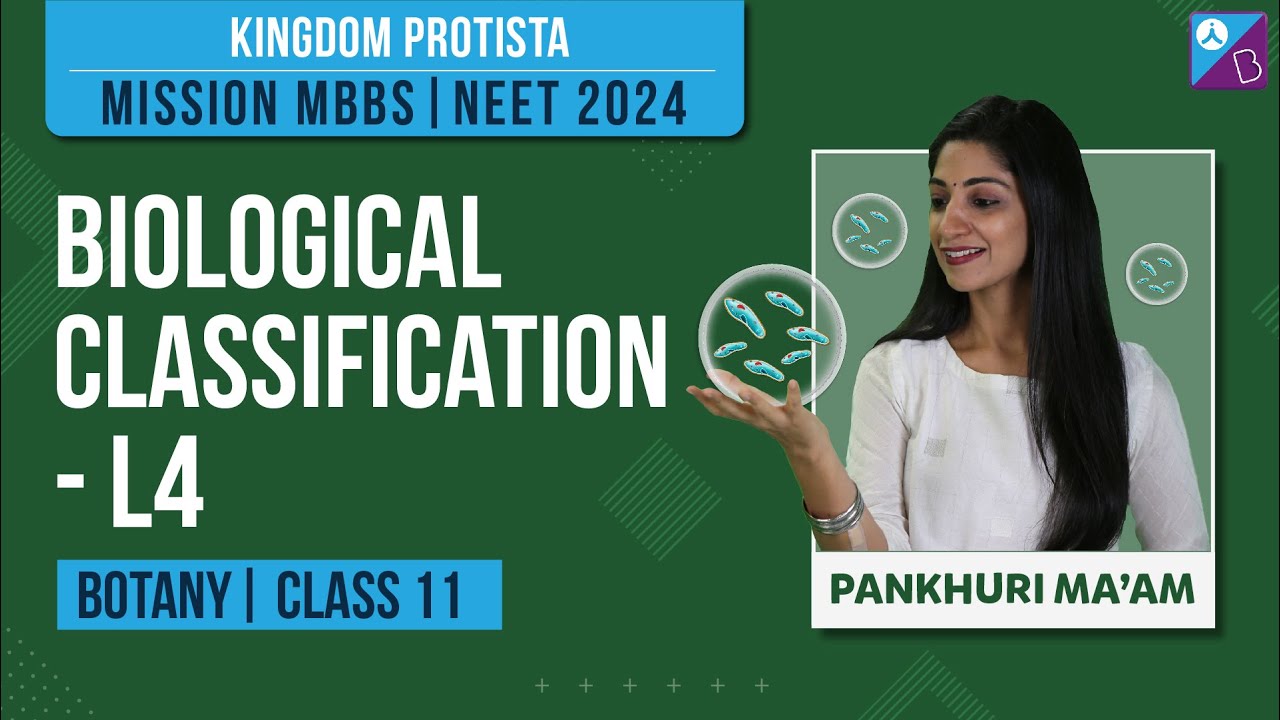Life forms on earth are categorized under Five divisions based on nutrition, cell type, the complexity of the structure, energy obtained by them, and much more. The five kingdoms are – Monera, Protists, Fungi, Plantae and Animalia. Though Kingdoms Protista and Monera both comprise of entities that are single-celled, yet they are distinct from each other. Discover the differences between monera and Protista.
Top Differences in NEET Biology:
- Inhalation vs Exhalation
- Difference Between C3, C4 and CAM pathway
- Chlorophyll vs Chloroplast
- Oviparous vs Viviparous Animals
- Tap Root vs Fibrous Root
- Communicable vs Non-communicable diseases
Monera
- Unicellular entities with a cellular composition of a prokaryote
- Metabolically diverse using several substrates as carbon and energy sources, play a role in carbon and nitrogen cycles
- Their cell wall is rigid, made of peptidoglycan
- They are environmental decomposers and mineralizers exhibiting different modes of nutrition.
Protista
- Unicellular entities with a cellular composition of a eukaryote
- Consists of nearly 16 phyla, most of their members are aquatic entities
- Nucleus has several strands of DNA
- They have mitochondria for cellular respiration and few possess chloroplast for photosynthesis
Watch the video below to learn about Monera and Protista Kingdom.

Difference between Monera and Protista
The table below depicts the important differences between Monerans and Protists
| Monera | Protista |
| Level of cells | |
|
|
| Organelles of the cells | |
| Absent | Presence of well-membrane bound organelles, hence well defined |
| Complexity of the structure | |
| Simple | Complex |
| Size | |
| Smaller | Relatively larger |
| Nutrition mode | |
| Autotrophic/heterotrophic | Parasitic/holozoic/photosynthetic |
| Reproduction – mode | |
| Asexual – budding, binary fission | Asexual or sexual |
| Cell wall | |
| Present | Present, well developed |
| Chloroplast/Mitochondria | |
| Absent | Chloroplast present for photosynthesis. Mitochondria present for cellular respiration |
| Nucleus | |
| True nucleus absent | Present. Nuclei bound with nuclear membrane |
| Flagella and cilia | |
| Absent | Present. Used for locomotion |
| Habitat | |
| Found almost everywhere | Some found in aquatic areas, some in shady places, moist lands so on |
| Classification | |
| Bacteria, Archaebacteria, Cyanobacteria | Algae, Molds, Diatoms, Protozoans |
| Example | |
| Bacillus, Mycobacteria, Sphorobacter | Euglena, red algae, green algae |
These were some vital differences between the two kingdoms – Kingdom Monera and Kingdom Protista. Explore about each in detail, the entities, behaviour, salient characteristics and much more at BYJU’S.
Also Check:
- NEET Biology Syllabus
- NEET Biology Important Topics
- NEET Biology MCQs
- How to Score 340 in NEET Biology
Recommended Videos:


Comments